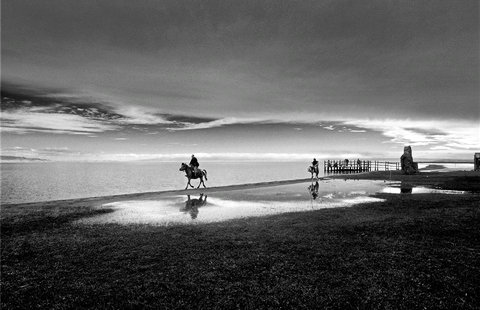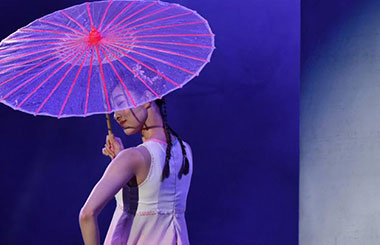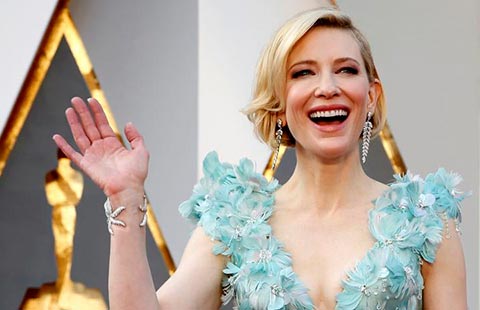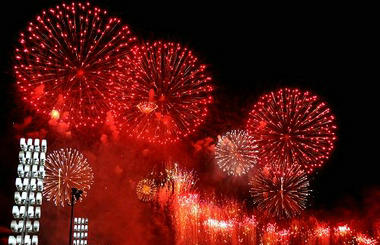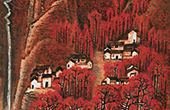Passion for porcelain spanned the globe
By Sheila Melvin ( The New York Times ) Updated: 2012-09-17 09:23:44Other special pieces have less sacred origins, like the beer tankard depicting ships and a Swedish flag commissioned by a Swedish sailor marooned off Hainan Island in the winter of 1785; the punch bowl, from the same year, painted with a scene of a naval battle from the American Revolutionary War; the colorful dish (c. 1745-50) featuring Don Quixote and Sancho Panza; and the blue and white, double-necked oil and vinegar cruet (c.1690-1700) with silver mounts added in Europe.
These pieces all demonstrate the fascinating cultural exchanges that took place through the porcelain, as design concepts, decorative motifs and color combinations were drawn from numerous media - including architecture, painting, textiles and literature - in diverse cultures and then taken to China, reinterpreted and sent back out.
Demand for porcelain increased as dietary habits changed with expanding global trade and New World colonization. Costly beverages like tea, coffee and chocolate seemed to demand fancy dishes.
Likewise, as once hard-to-obtain spices became commonplace, the elite used elaborate porcelain dinnerware services to distinguish themselves from the riffraff. Bedazzled by the glories of porcelain, Europeans began to obsess over the secret of its manufacture.
"Porcelain was called 'white gold,' " Ms. Stuart said. But nobody knew how it was made. "It took a long time to find out what minerals were needed in what proportion."
The task of discovering this was largely financed by princes and delegated to alchemists, who were sometimes locked away in castles to pursue their task. One such unfortunate was Johann Friedrich Bottger, who had fled the Prussian court around 1700 after failing to turn base metals into gold only to be captured by Augustus the Strong - the porcelain-mad elector of Saxony and king of Poland - and forced to seek the secret of porcelain in a Dresden dungeon.
Bottger was given extensive resources - the historian Robert Finlay writes that his lab "was arguably the first research-and-development enterprise in history" - and he succeeded, in part by building on the work of his predecessor, E.W. von Tschirnhaus.
Augustus the Strong thus opened Europe's first porcelain works at Meissen in 1710, under Bottger's direction. He guarded against industrial espionage, even imprisoning his own employees, but the secret got out and porcelain was soon being made all over Europe.
The second portion of the exhibition features European porcelain and includes an early product of Meissen, an impurely white bottle adorned with cherub reliefs dating to 1715-1720. The production process improved quickly and soon the Europeans were making richly adorned, sculptural, often whimsical porcelain wares. Some were wholly original and some borrowed from Chinese designs.
Eventually, Jingdezhen craftsmen themselves began making pieces inspired by European porcelains.
The exhibition includes a number of intriguing pairings that show the flow of influence and inspiration between China and Europe, like two statues of the Daoist immortal Lu Dongbin, one made at Jingdezhen and one at Bristol, both dating to the mid-1700s. Another pairs a gold-striped ewer modeled after an ancient Greek wine jar and made at Derby (1780-3) with one made at Jingdezhen in the same neo-classical style, painted with scenes of the Derbyshire countryside (c.1785).
The last section of the exhibition is dedicated to ancient Chinese porcelain collected by Europeans. While some collectors bought in bulk and used porcelain to decorate virtually everything -mbedding it in walls and chimneys and even building "porcelain palaces" - others adopted a more considered approach and built priceless collections.
But Chinese collectors never took the same fancy to British porcelain, or to any other European manufactures.
Instead, silver flooded out of United Kingdom coffers to buy the tea and porcelain coveted by increasing numbers of British citizens - until British traders stanched the torrent by shipping opium to China, an egregious trade tactic that ended in war.
"Passion for Porcelain" records the positive side of these cultural exchanges.
"I want people to understand how important China has been for fueling the imagination of Westerners, but also to see some of the distinctive styles of the West," Ms. Stuart said. "This is a chance for people in China to see how something they first started took on a life of its own."
The New York Times
|
|
|
|
|
|
|
|
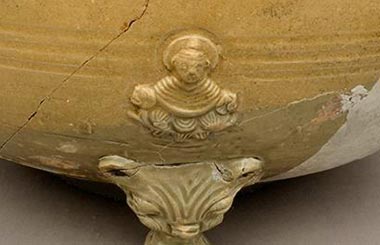

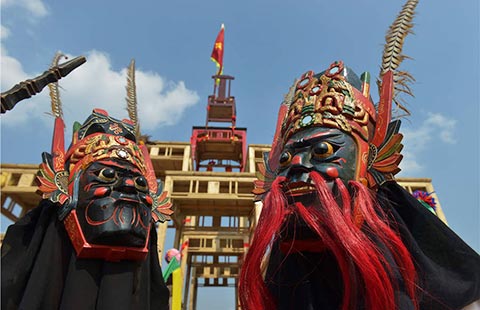
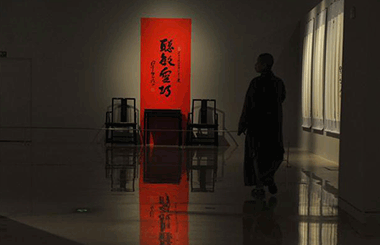
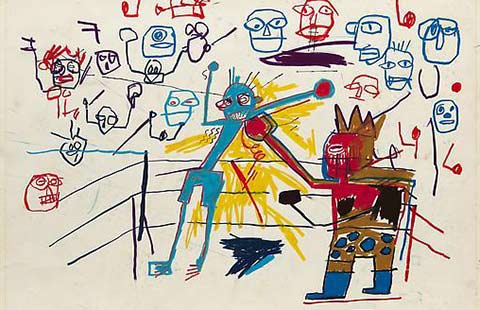

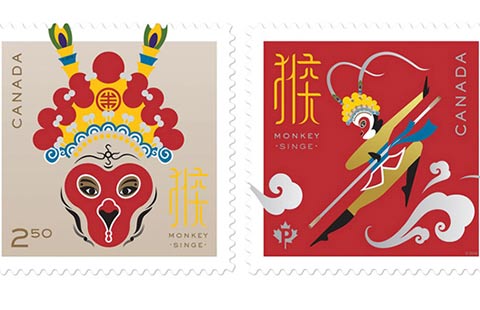
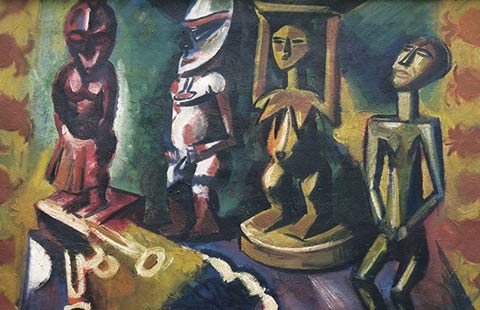
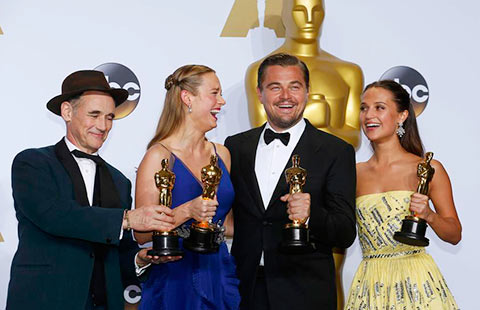
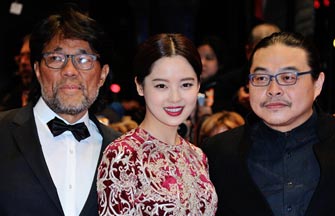


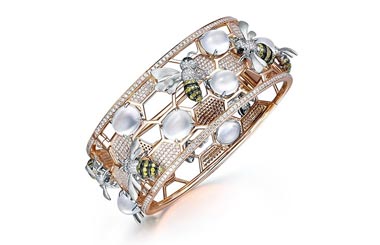
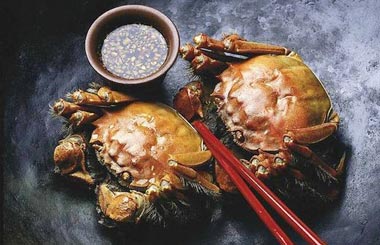
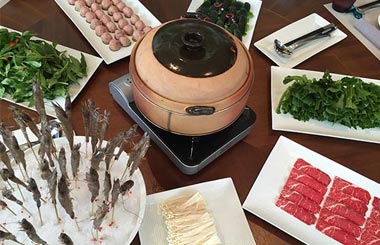


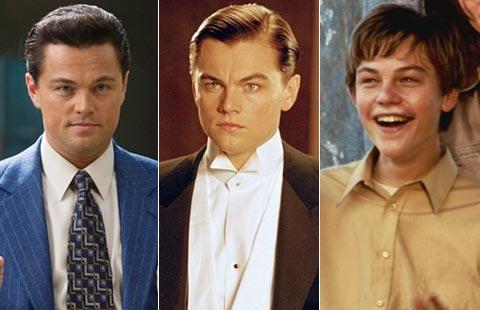
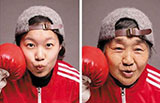


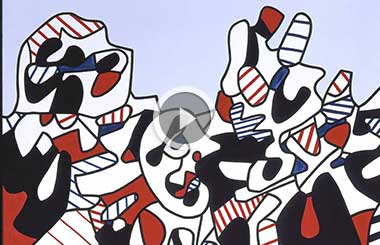
 Raymond Zhou:
Raymond Zhou: Pauline D Loh:
Pauline D Loh: Hot Pot
Hot Pot Eco China
Eco China China Dream
China Dream China Face
China Face
